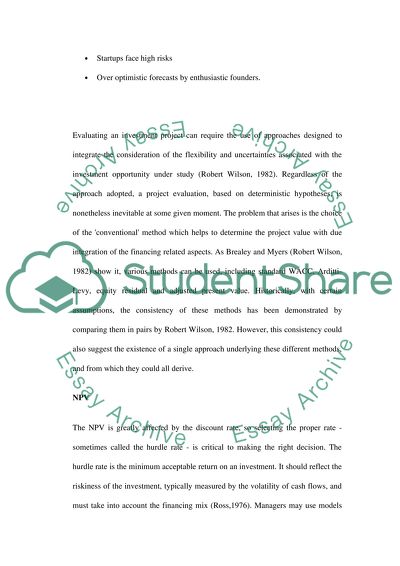Cite this document
(Three Methods for Determining Discount Rates Coursework, n.d.)
Three Methods for Determining Discount Rates Coursework. Retrieved from https://studentshare.org/finance-accounting/1524043-social-discount-rates
Three Methods for Determining Discount Rates Coursework. Retrieved from https://studentshare.org/finance-accounting/1524043-social-discount-rates
(Three Methods for Determining Discount Rates Coursework)
Three Methods for Determining Discount Rates Coursework. https://studentshare.org/finance-accounting/1524043-social-discount-rates.
Three Methods for Determining Discount Rates Coursework. https://studentshare.org/finance-accounting/1524043-social-discount-rates.
“Three Methods for Determining Discount Rates Coursework”, n.d. https://studentshare.org/finance-accounting/1524043-social-discount-rates.


